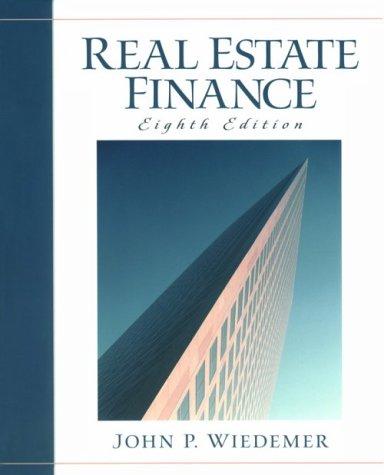Answered step by step
Verified Expert Solution
Question
1 Approved Answer
pls show the steps on solver Product Mix Problem A furniture company produces three products: tables, sofas, and chairs. These products are processed in five

pls show the steps on solver
Product Mix Problem A furniture company produces three products: tables, sofas, and chairs. These products are processed in five departments: the saw lumber, fabric cutting, sanding, staining, and assembly departments. Tables and chairs are produced from raw lumber only, and the sofas require lumber and fabric. Glue and thread are plentiful and represent a relatively insignificant cost that is included in operating expenses. The specific requirements for each product are as follows: Required per table Required per chair Resource or activity Lumber Fabric Saw lumber Cut fabric Sand Stain Assemble Quantity available per month 4,600 board feet 2,500 yards 300 hours 150 hours 280 hours 200 hours 700 hours 10 board feet None 30 minutes None 24 minutes 24 minutes 60 minutes Required per sofa 8 board feet 10 yards 24 minutes 24 minutes 12 minutes 18 minutes 120 minutes 3.5 board feet None 24 minutes None 30 minutes 24 minutes 24 minutes The company's direct labor expenses are $75,000 per month (assume that labor cost is fixed and the firm does not plan to hire or fire employees in the near future). Based on the current demand, the firm can sell 300 tables, 250 sofas, and 400 chairs per month. Sales prices are $400 for tables, $650 for sofas, and $235 for chairs. The variable material costs you should consider are driven by $10 per board feet of lumber, and $17 per yard of fabric. Questions 1. Develop a descriptive model that connects between a production mix (decision variables) and profit (objective metric). 2. What is the most limiting resource to the furniture company? 3. Determine the product mix needed to maximize profit at the furniture company. In other words, what is the optimal number of end tables, sofas, and chairs produced each month? 4. Capacity flexibility: Suppose that sanding and staining could be done by a single department that has a total of 280 + 200 = 480 hours available per month. How helpful would this be? 5. On a chart, draw the optimal profit of the company as a function of the lumber quantity available, in the range of 4600 to 7000 board feet. Assume that all other information remains the same. Why would such chart be of interest to the company? Product Mix Problem A furniture company produces three products: tables, sofas, and chairs. These products are processed in five departments: the saw lumber, fabric cutting, sanding, staining, and assembly departments. Tables and chairs are produced from raw lumber only, and the sofas require lumber and fabric. Glue and thread are plentiful and represent a relatively insignificant cost that is included in operating expenses. The specific requirements for each product are as follows: Required per table Required per chair Resource or activity Lumber Fabric Saw lumber Cut fabric Sand Stain Assemble Quantity available per month 4,600 board feet 2,500 yards 300 hours 150 hours 280 hours 200 hours 700 hours 10 board feet None 30 minutes None 24 minutes 24 minutes 60 minutes Required per sofa 8 board feet 10 yards 24 minutes 24 minutes 12 minutes 18 minutes 120 minutes 3.5 board feet None 24 minutes None 30 minutes 24 minutes 24 minutes The company's direct labor expenses are $75,000 per month (assume that labor cost is fixed and the firm does not plan to hire or fire employees in the near future). Based on the current demand, the firm can sell 300 tables, 250 sofas, and 400 chairs per month. Sales prices are $400 for tables, $650 for sofas, and $235 for chairs. The variable material costs you should consider are driven by $10 per board feet of lumber, and $17 per yard of fabric. Questions 1. Develop a descriptive model that connects between a production mix (decision variables) and profit (objective metric). 2. What is the most limiting resource to the furniture company? 3. Determine the product mix needed to maximize profit at the furniture company. In other words, what is the optimal number of end tables, sofas, and chairs produced each month? 4. Capacity flexibility: Suppose that sanding and staining could be done by a single department that has a total of 280 + 200 = 480 hours available per month. How helpful would this be? 5. On a chart, draw the optimal profit of the company as a function of the lumber quantity available, in the range of 4600 to 7000 board feet. Assume that all other information remains the same. Why would such chart be of interest to the companyStep by Step Solution
There are 3 Steps involved in it
Step: 1

Get Instant Access to Expert-Tailored Solutions
See step-by-step solutions with expert insights and AI powered tools for academic success
Step: 2

Step: 3

Ace Your Homework with AI
Get the answers you need in no time with our AI-driven, step-by-step assistance
Get Started


